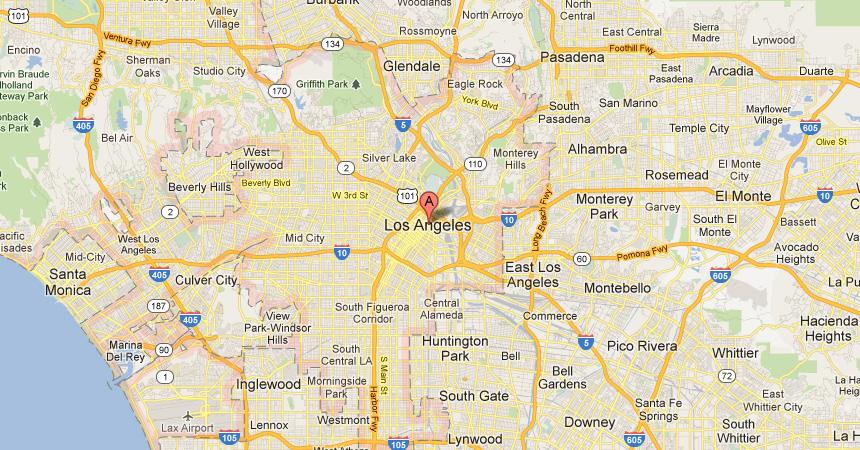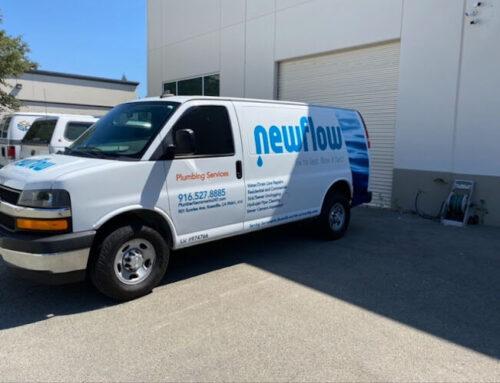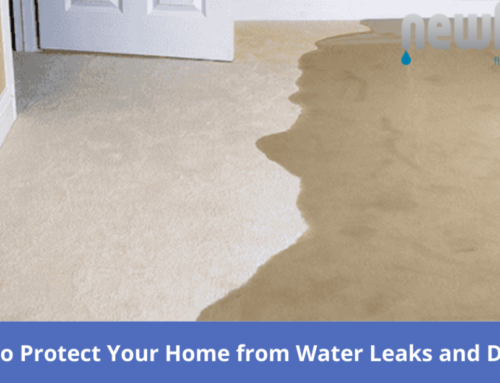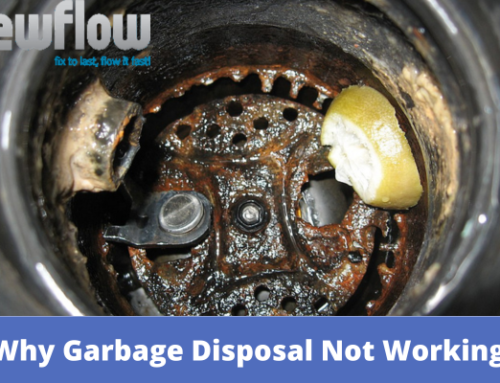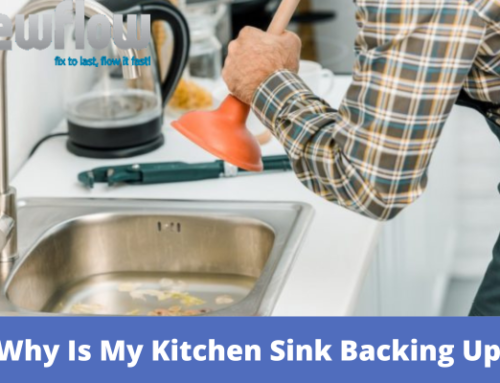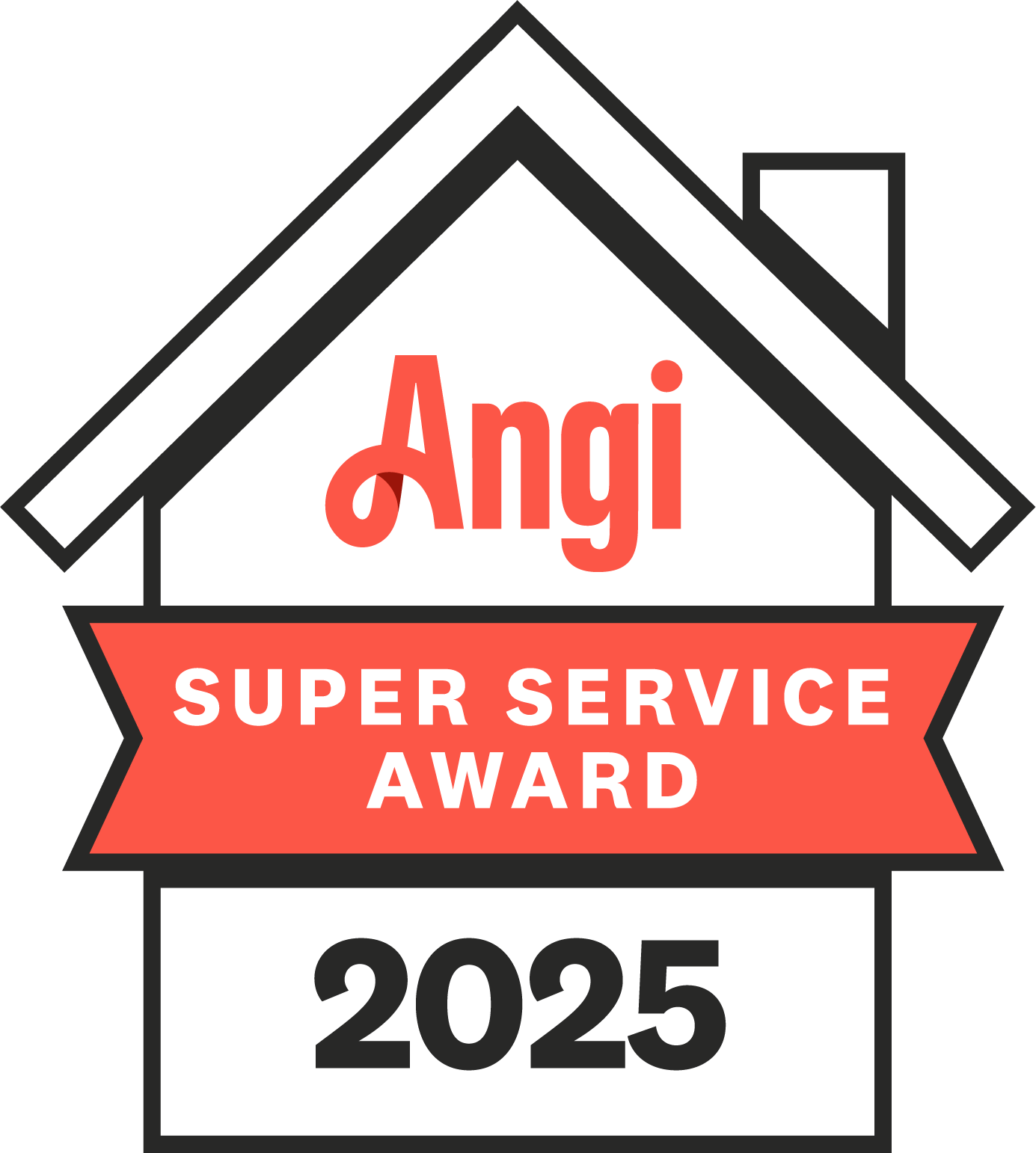Easy Plumbing Fixes You Can Try Before Hiring a Professional
Plumbing problems don’t always require a costly service call. In fact, many common issues in the home can be handled with a little patience and a few basic tools. Things like slow drains, running toilets, or minor faucet drips often have simple solutions that don’t require advanced skills. One of the easiest and most effective methods we recommend is using a plunger correctly, since it can clear clogs in sinks, toilets, and even showers without harsh chemicals. By learning a few of these easy plumbing fixes, you can save money, reduce stress, and keep your home running smoothly. This article will walk you through practical steps you can take today, while also explaining when it’s smarter to stop and call a professional. Keep reading to discover how small actions now can prevent major plumbing headaches later.
Why Learning Easy Plumbing Fixes Matters
Plumbing problems rarely happen at a convenient time. A leaky faucet might waste gallons of water, or a clogged toilet could disrupt your entire household. While professionals are always available for major issues, knowing how to handle small problems yourself gives you control.
Learning a few easy plumbing fixes can save you money on service calls, reduce water waste, and prevent small issues from turning into big emergencies. More importantly, it helps you feel confident when something goes wrong at home. Instead of panicking, you’ll have a clear first step to try before reaching for the phone.
Tools Every Homeowner Should Keep on Hand
You don’t need a full toolbox to handle most simple plumbing tasks. A few affordable items will cover nearly every common situation:
- Plunger: Choose one with a flange for toilets and a cup for sinks.
- Adjustable wrench: Perfect for tightening or loosening small fittings.
- Plumber’s tape (Teflon tape): Seals threaded connections to stop leaks.
- Bucket and rags: Helps manage spills and keeps the work area clean.
- Allen wrench: Often used for garbage disposals.
- Basic screwdriver set: Works for toilet parts, faucet handles, and more.
Having these tools on hand means you won’t lose time running to the store during an urgent problem.
Fixing a Dripping Faucet
A dripping faucet is one of the most common household annoyances. Besides the irritating sound, it wastes water and increases your utility bill. The cause is usually a worn-out washer or seal.
Start by turning off the water supply under the sink. Remove the faucet handle with a screwdriver, then check the washer or cartridge inside. If you see cracks, wear, or buildup, replace it with a matching part from a hardware store. Reassemble the faucet and turn the water back on. In most cases, the drip will stop immediately.
This fix is simple and costs very little, yet it can save hundreds of gallons of water every year.
Clearing a Clogged Sink or Toilet
Clogs can happen in any home, but not every clog requires a plumber. A plunger is the first tool you should reach for. Position it over the drain, making sure it forms a tight seal, and then push and pull firmly several times. The suction and pressure often break up the blockage.
For sinks or tubs, you can also try a drain snake or even a simple bent wire hanger to pull out hair or debris. Avoid chemical cleaners, as they can damage your pipes and harm the environment.
If the water still doesn’t drain after several attempts, that’s when professional help may be needed.
Stopping a Running Toilet
A running toilet is usually caused by one of three parts inside the tank: the flapper, the fill valve, or the float. Open the tank lid and listen. If the water keeps flowing, check whether the flapper is sealing properly. Replacing it is inexpensive and takes only a few minutes.
If the float or fill valve isn’t working, adjust or replace it with basic tools. Most home improvement stores sell universal kits that fit common toilets.
Fixing a running toilet not only stops the noise but also prevents significant water waste.
Improving Low Water Pressure
Low water pressure can make showers frustrating and slow down dishwashing. The most common cause is buildup in the faucet aerator or showerhead.
Unscrew the aerator or showerhead, rinse out any debris, and soak it in vinegar to dissolve mineral deposits. After cleaning, reinstall it and test the water flow.
If the pressure problem affects the whole house, it could be a sign of a bigger issue like a leak or a problem with the main supply line, which may require a plumber’s attention.
Dealing with a Jammed Garbage Disposal
Garbage disposals often jam when food or foreign objects get stuck. First, turn off the power to the unit. Use an Allen wrench in the small hole at the bottom of the disposal to manually turn the blades and free the jam.
Never put your hand inside the disposal. Once freed, restore power and test it by running water and switching it on.
A simple reset often restores function without needing a replacement.
Unclogging a Slow Shower Drain
Showers collect soap scum, hair, and other debris over time. If your shower is draining slowly, remove the cover and use a small tool or drain snake to clear the blockage.
Rinsing the drain monthly with hot water can also help prevent buildup. This easy fix takes only a few minutes and keeps your bathroom from flooding.
Checking and Replacing Simple Washers or Seals
Leaks often come from worn-out washers or rubber seals around plumbing connections. These parts cost less than a dollar but are often the source of dripping faucets, leaking hoses, or small pipe connections.
Check areas under sinks, behind toilets, or around appliance hoses. If you spot water, turn off the supply and inspect the washer or seal. Replacing it usually solves the issue quickly.
When to Stop DIY and Call a Plumber
While easy plumbing fixes cover many common problems, there are times when professional help is the safest choice. You should call a plumber if:
- The clog is deep, and repeated plunging doesn’t help.
- You notice water stains on walls, ceilings, or floors.
- Your water pressure is suddenly very low throughout the home.
- You smell sewage inside the house.
- Pipes are leaking behind walls or under the foundation.
Trying to handle these issues on your own can make the problem worse and cost more in the long run.
Preventive Steps to Avoid Plumbing Issues
The best way to reduce plumbing problems is prevention. A few simple habits make a big difference:
- Don’t flush anything except toilet paper.
- Avoid pouring grease or coffee grounds down the sink.
- Use drain screens in showers and sinks to catch hair and debris.
- Check supply hoses for appliances regularly.
- Run hot water through drains weekly to reduce buildup.
By practicing these habits, you’ll minimize the need for both DIY fixes and professional visits.
Final Thoughts on Easy Plumbing Fixes
Plumbing issues can be stressful, but many of them have quick and affordable solutions. From unclogging drains with a plunger to tightening loose fittings, these easy plumbing fixes help you take control of your home without immediately calling a professional.
The real benefit is not just saving money, but gaining confidence as a homeowner. You’ll know when to act, when to repair, and when to call in expert help. By practicing these simple steps and keeping basic tools ready, you can protect your home, conserve water, and handle small challenges before they become emergencies.

